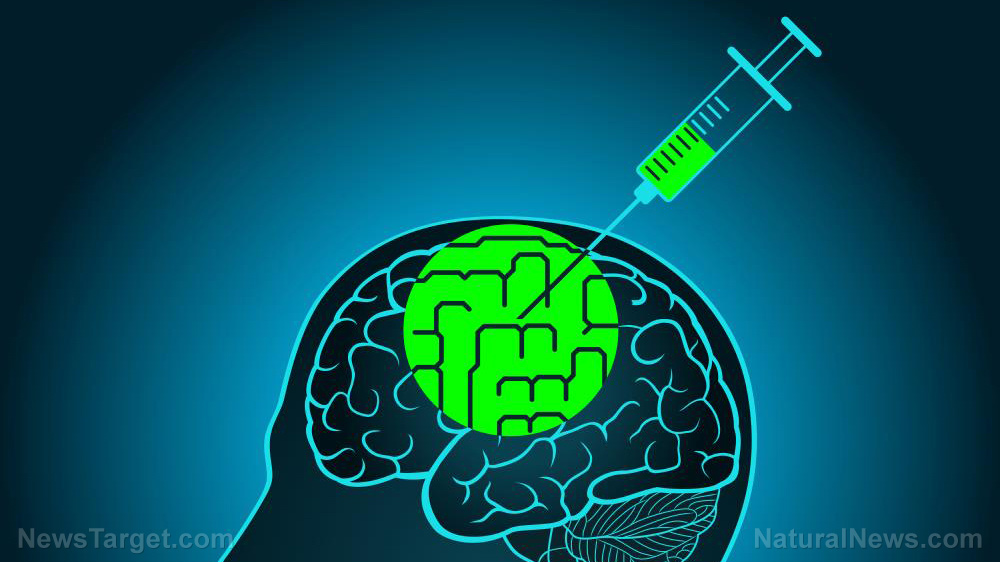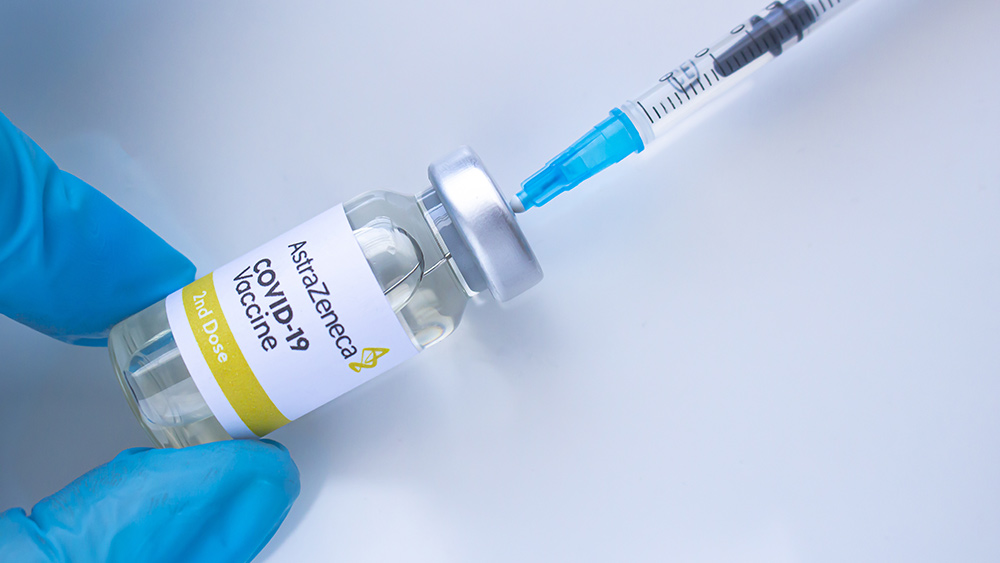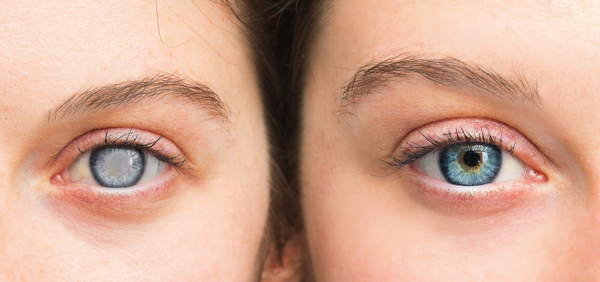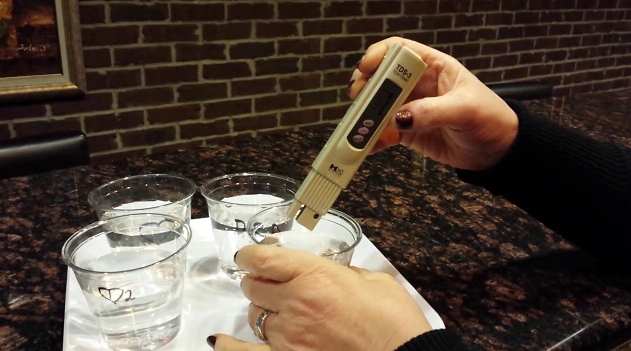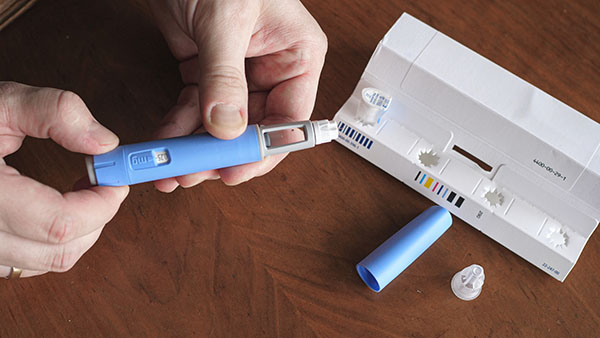Study: Early exposure to smartphones, online content linked to increased risk of autism
11/12/2024 / By Laura Harris

The results of the Australian government-funded “Longitudinal Study of Australian Children” have revealed a significant link between early screen exposure and an increased risk of autism spectrum disorder (ASD).
The study, published in JAMA Pediatrics, assessed the television, video and internet use of two-year-old children while monitoring for ASD diagnoses through age 12. This study, which tracked the development of 5,107 children, found that children who watched screens for more than 14 hours per week before turning two years old were 80 percent more likely to be diagnosed with ASD between ages 6 and 12 compared to those with less exposure. (Related: Autism rates in the U.S. on the rise; California seeing record numbers.)
The study found 145 children who received an ASD diagnosis by the time they reached the age of 12, with boys four times more likely to be diagnosed with the condition than girls. However, the study also clarified that screen time does not directly cause autism.
Nevertheless, parents should be cautious about the amount of screen time young children receive, especially as digital media becomes more popular.
Researchers also recommend clinicians to ask about screen time during early childhood to further assess the development of children. Additionally, the study suggests that limiting screen exposure during early childhood may support healthier and holistic development.
Early digital exposure also associated with atypical sensory processing in toddlers
Other studies offer additional context to the findings of the Australian government-sponsored study.
In another study published in JAMA Pediatrics, early-life digital media exposure was associated with atypical sensory processing in toddlers. The study examined data from 1,471 children from the National Children’s Study (NCS) of the National Institutes of Health’s Eunice Kennedy Shriver National Institute of Child Health and Human Development.
The study used multinomial regression and “Infant/Toddler Sensory Profiles” that provided scores for children – low registration, sensation seeking, sensory sensitivity and sensation avoiding – and divided the children into “typical,” “high” or “low” sensory behavior categories to assess the sensory processing of toddlers.
Based on the results, exposure to television or video as early as 12 months was linked to sensory processing irregularities by age 33 months. Specifically, children with high screen exposure at 12 months had twice the odds of falling into the high-risk category for “low registration” sensory behaviors.
By 18 months, higher exposure was associated with an increased risk of high sensation avoiding and low registration. By 24 months, greater screen exposure correlated with increased risk of high sensation seeking, sensory sensitivity and sensation avoiding. These sensory processing differences include heightened sensitivity to sights, sounds, smells, tastes and other stimuli, which are prevalent among children diagnosed with ASD.
The researchers concluded that “digital media exposure might be a potential risk factor for the development of atypical sensory profiles.”
Moreover, another research found that screen exposure can impact brain chemistry, leading to changes in essential neurotransmitters like melatonin, dopamine, acetylcholine and gamma-aminobutyric acid (GAMA). Melatonin deficiency, characterized by insufficient production of melatonin, the hormone that regulates sleep-wake cycles, is commonly seen in individuals with ASD.
Read more stories about autism at AutismTruthNews.com.
Watch this video as Dr. Jason Dean discusses the alarming rise in number of autism diagnoses in the United States.
This video is from the Flyover Conservatives channel on Brighteon.com.
More related stories:
Acetaminophen is unsafe for kids at any dose because it can cause AUTISM, review finds.
Study: Teens with “problematic smartphone use” more likely to experience anxiety and depression.
The CONNECTION between AUTISM and COVID JABS could boil down to destruction of good gut bacteria.
Sources include:
Submit a correction >>
Tagged Under:
Australia, autism, Autism spectrum disorder, brain damaged, brain function, brain health, California, children's health, computing, dangerous, future tech, Glitch, health science, information technology, inventions, Mind, mind body science, real investigations, research
This article may contain statements that reflect the opinion of the author
RECENT NEWS & ARTICLES
COPYRIGHT © 2017 MIND BODY SCIENCE NEWS

